Guide: Planting and growing beans
I think that every respectable gardener should be growing beans in their kitchen gardens. Beans are not only tasty and easy to cook with but also very healthy and rich in protein. But which beans should you pick then? I'll go through my favorite beans and how to grow them in this guide.
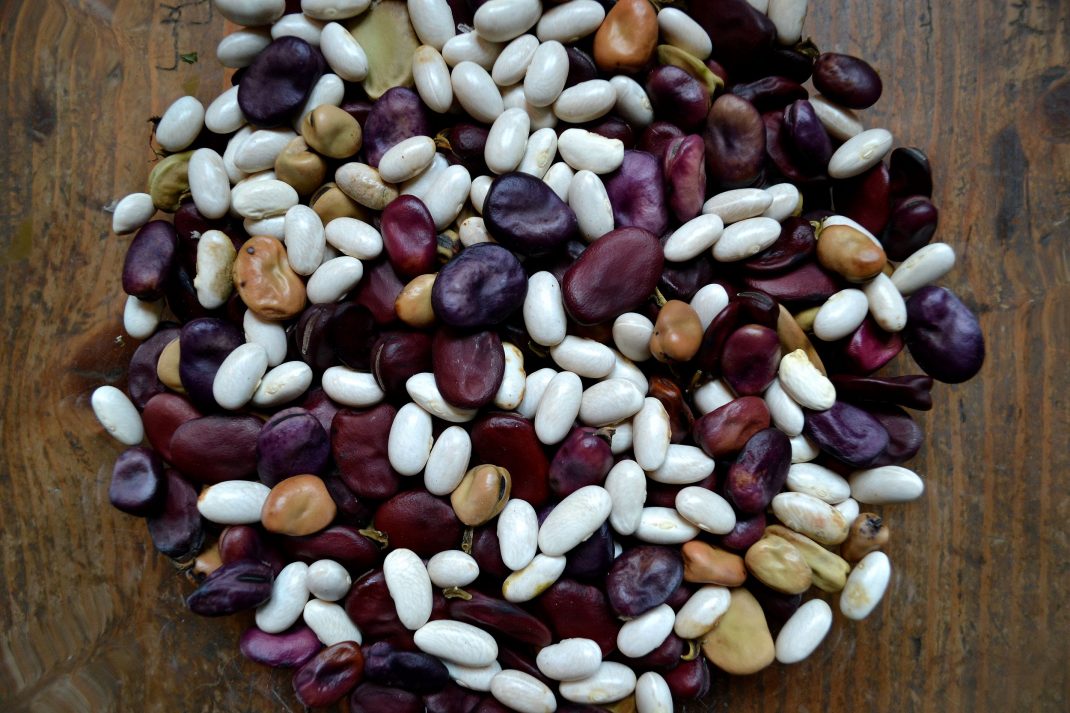
Beautiful mixed beans in a variety of colors: purple, white and beige.
Growing beans – picking the right variety
It's time to start growing beans! Planting beans is always a big job for me, since I always grow so many different varieties. I put most of them in the same sections, others are scattered around the garden. I especially like growing snap beans since I use them so much in my cooking. The low-growing varieties are excellent for companion planting projects. I like putting low-growing bean varieties together with for example asparagus and other tall plants.
Growing beans is also a great and simple way to keep your soil healthy. So make sure to grow a lot of them!
If you're new to growing beans, you might not know much about the many different bean varieties out there. And how on earth are you supposed to know which ones to pick? I'll go through my favorite picks below:
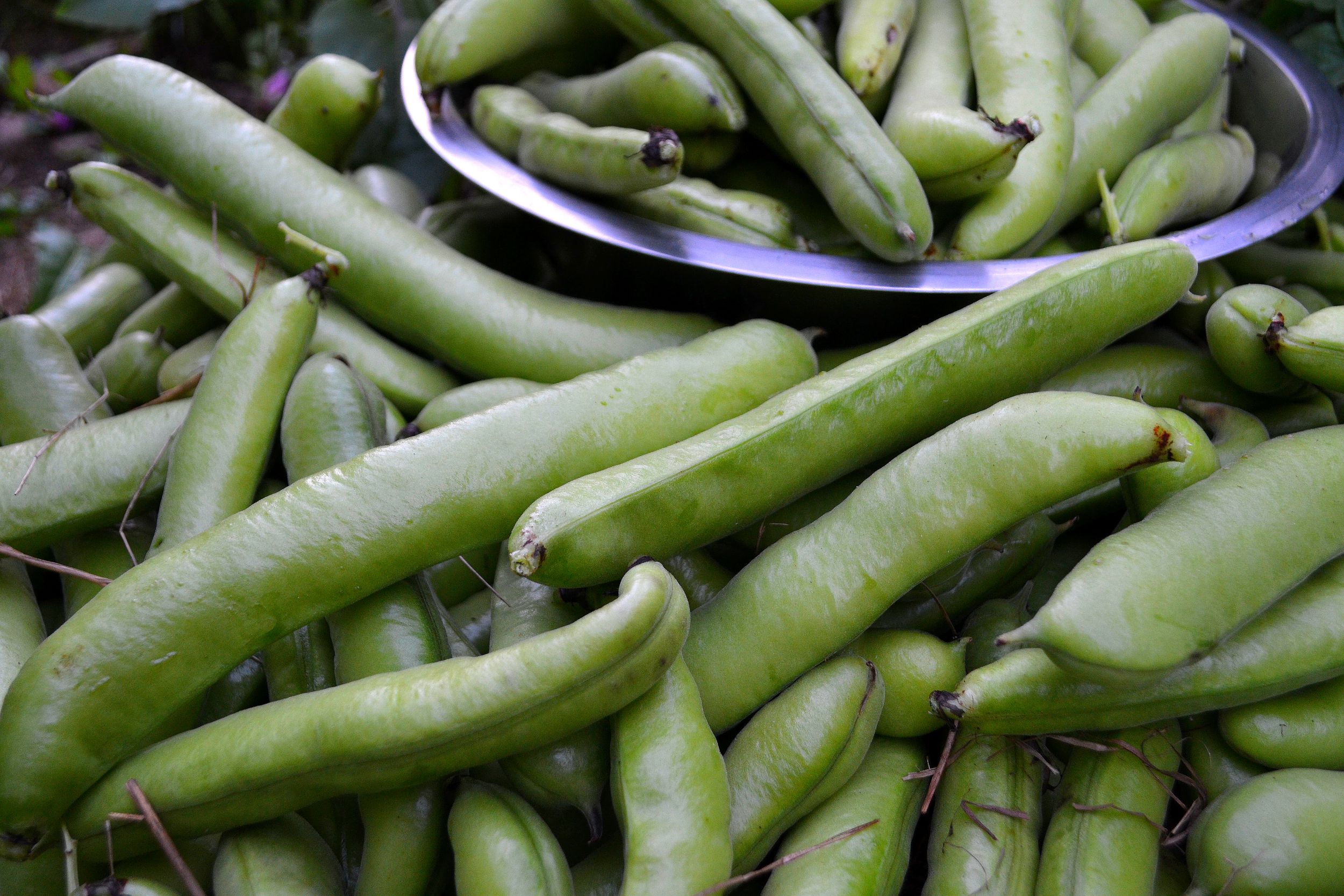
The fava plants usually produce a large harvest of big pods.
Fava beans
There are many different varieties of fava beans you can choose from. Like low-growing, red-flowered or heirloom fava varieties. Did you know that the fava bean is actually not a bean but instead belongs to the pea family? That's why you can be a bit more creative with how you grow them. Fava beans are for example quite hardy and a lot less sensitive to cold temperatures than other types of beans. The fava plants produce large beans in pods. Eat them boiled with some butter, fry them or make a nice bean dressing. You can cook the shoots too. I really like the fava bean varieties Witkiem and De Monica.
Snap beans
Snap beans come in many shapes and forms. Some are tall and climbing, others are more shrub-like. The beans are green, yellow or purple. The green ones are simply called snap beans, the yellow are called wax beans and the purple ones are called just that, purple beans. If the snap beans are green and harvested quite early, they're called haricot verts. You can boil them, fry them or put them in a gratin. I recommend the varieties Nautica and Rocquencourt (wax bean).
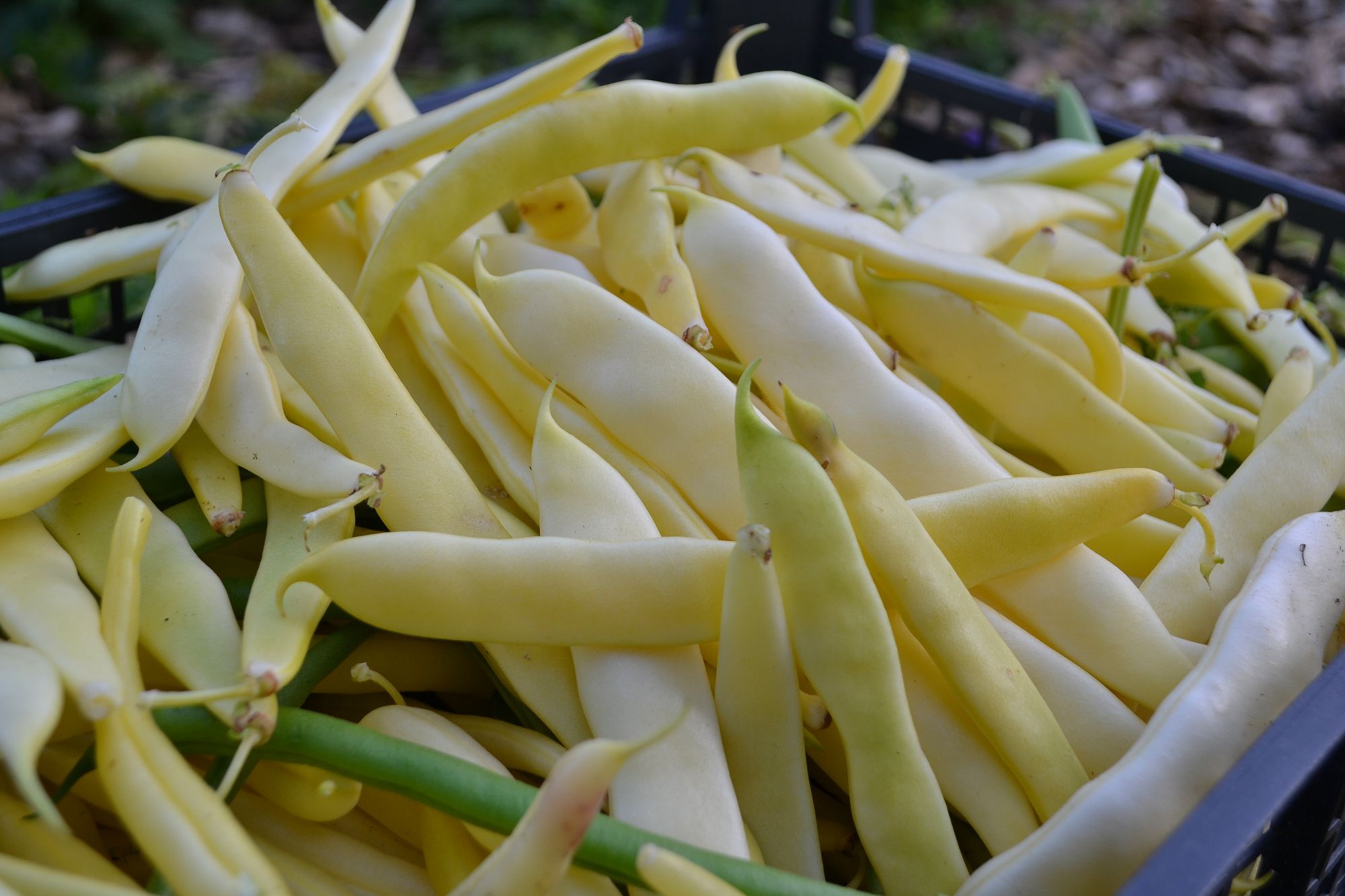
It's really easy to pre-grow beans. This is a batch of my newly harvested wax romano beans. I always try to pick low-growing varieties that I don't need to tie up.
Romano beans
These beans grow like the snap beans but instead develop broad, long and flat pods. Harvest the pods before the beans inside start to swell up. I love eating fried, thinly cut romano beans with some garlic. There are green, purple and yellow romano bean varieties. The yellow kinds are called wax romano beans. Try growing the green romano bean Nassau and the wax romano bean Serpedor.
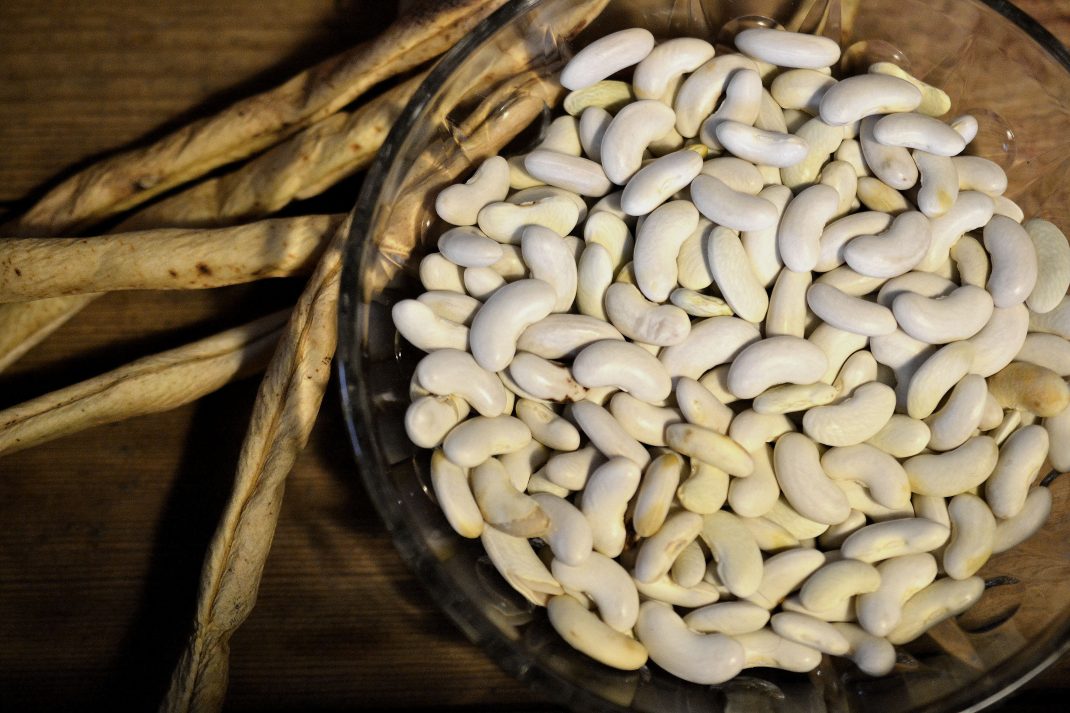
Cannellino - Lingot is a really lovely white bean that grows nicely where I live, in zone 3.
Dried beans
This is a large group made up of many kinds of plants (of different heights) that all produce bean pods. Harvest these beans when they're fully grown (unlike the snap beans that you harvest when they're still relatively small). The outer shell needs to dry, just like the beans inside the pod. Pick the beans from the pod and dry them for a bit longer. You can store the beans for a really long time when they've been dried! You can of course also eat the pods fresh when they're not fully grown, like you would with the snap beans. Or harvest the pods for the fresh little beans inside during summer. Prepare the dried beans by letting them soak in water over night. Rinse and bring to a boil over a low heat until they're soft. Try growing beans like Signe, the brown bean Katja, the Borlotti variety Borlotto Lingua Di Fuoco Nano and the white bean Cannellino - Lingot.
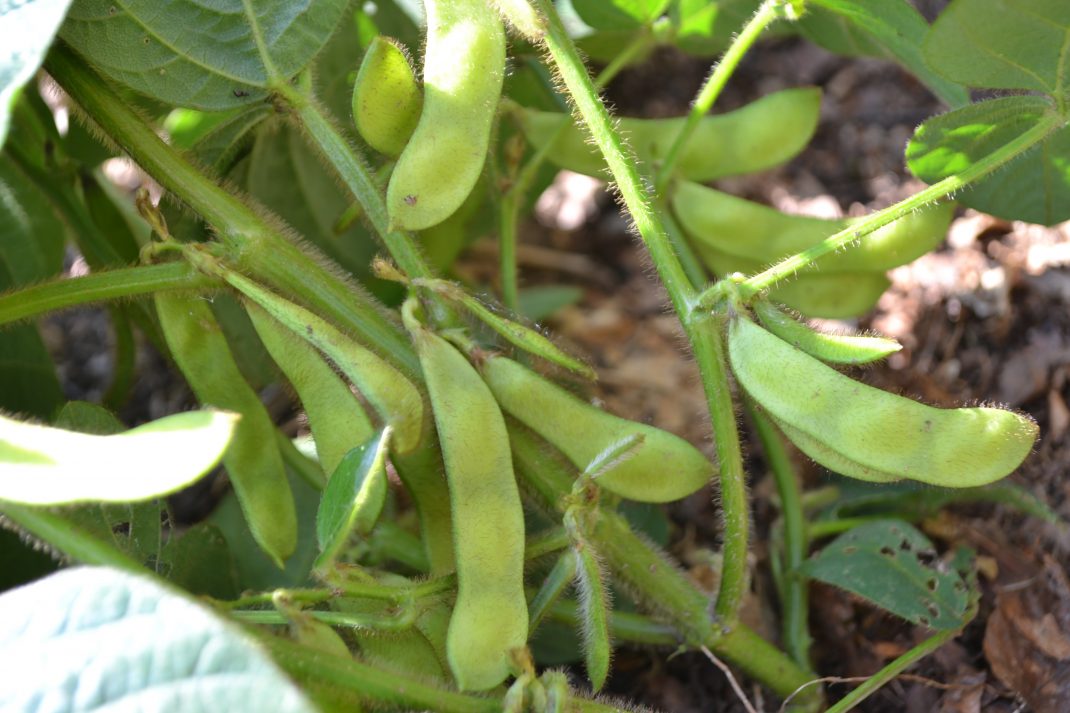
This is what the growing fava beans look like – low-growing plants with fuzzy pods.
Soy beans
This is one of my favorite beans! It's a bit more difficult to grow than many of the other kinds I've mentioned above. Soy beans need a lot of sunlight to develop well and they also produce a quite small harvest compared to many other beans in this guide. The plants are low-growing and the pods are small and fuzzy. Each pod contains 2-3 very small green beans. Harvest your soy beans when they're still not ripe (edamame style) and boil or fry them. Remember not to eat the pod but only the beans inside. Try growing the variety Fiskeby.
Important! Remember to ALWAYS cook your beans. Raw beans contain lectins that affect the intestines and absorption of nutrients.
Growing beans is worth it!
Beans are one of the most important staples of the kitchen garden. You can use them for so many different things! We have a lot of stored dried beans that are easy to store for several years if needed. I'd say that it's best to start with snap beans if you're a beginner. Try the low-growing varieties that you don't need to tie up, they're very low-maintenance. Almost all of the varieties I'm recommending above are low-growing ones, except for the fava beans that almost always grow taller. I usually cut the tops off these though.
Remember to harvest snap beans and wax romano beans often. They keeping growing more and more beans as you harvest the pods. So the more you harvest, the more food you get.
If you're not used to eating beans and you're worried about getting stomach issues, try growing the flageolet bean. It's a small, light green bean that's not only very pretty but also said to be easy to digest. This kind of bean grows well in zone 3 (where I live) and probably works well in other more unforgiving climates as well. You can always change the water you boil the beans in after a while (like you do when you're cooking Jerusalem artichoke).
Good luck growing beans!
/Sara Bäckmo
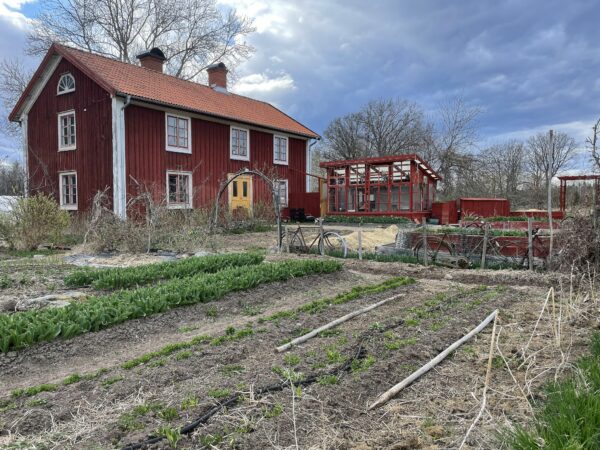
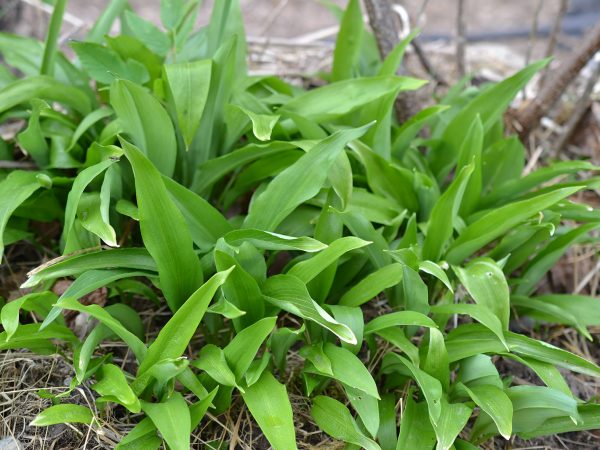
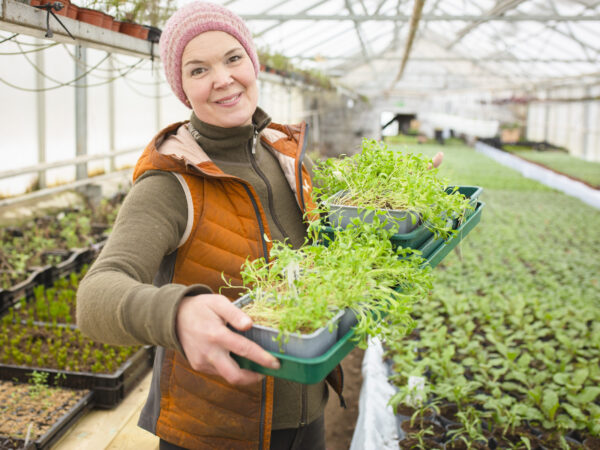
Thank you for your thoughts on your favorite beans. Very enjoyable article. Thank you for sharing. Catherine